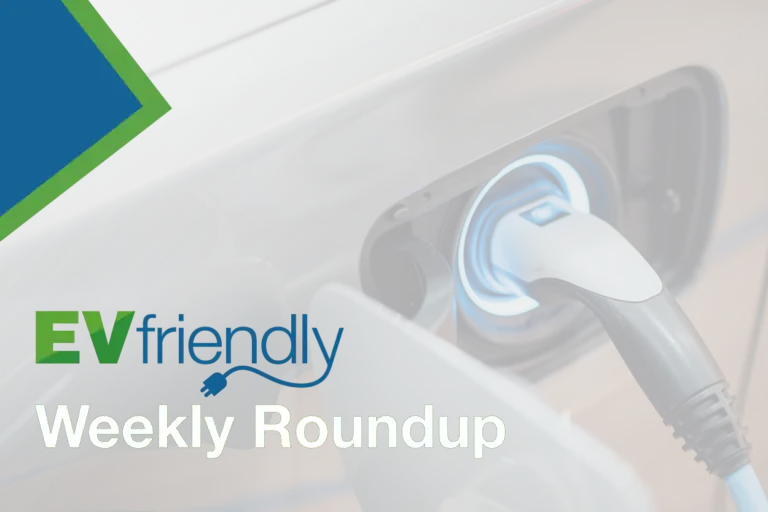Study finds EV adoption can reduce energy costs for majority of US households, but access and affordability vary by location and income.
The adoption of electric vehicles (EVs) is considered one of the most important means of reducing greenhouse gas (GHG) emissions. A study conducted by researchers at the University of Michigan furthers this view, albeit with some caveats. The study found that geographic location and socio-economic status significantly influenced the access to and affordability of EVs. By assessing the energy burden savings, which is the difference between the costs of fuelling a traditional car and charging an EV, the study concluded that the adoption of EVs would result in energy cost reductions for the majority of US households.
The research team focused on two primary research questions. Firstly, how much new battery EVs and combustion vehicles would reduce current transportation energy costs, and secondly, how these costs vary by income group. The study revealed that adopting EVs could lead to a significant increase in energy costs for people in some remote regions (i.e Alaska), where charging and fueling costs are high. While around 33% of US households currently have low transportation energy costs, a majority of the country faces moderate to high transportation energy costs at this time. Adopting EVs would reduce costs for those making anywhere from 200% of the area median income to as low as 30% of the area median income. Unfortunately, EV adoption would significantly raise already high energy costs for those making less than 30% of the regional median income across the country.
Charging access and de-carbonized electric energy are key players in the effort for both affordable and clean EV charging. The study says that a true reduction of GHG emissions hinges on a clean power grid, something that many US states do not currently have. According to the study, 91% of households would see some level of GHG and energy burden savings in a mass switch to EVs, with 27% of US households set to enjoy both moderate GHG savings and energy burden savings. Meanwhile, 8% of households, in areas such as the Pacific Northwest, Arizona, and New York, would experience high energy savings and GHG emissions reduction thanks to lower electricity prices and low carbon intensity power grids.
While the benefits of EV adoption are significant, they vary greatly depending on a number of variables including income, location, vehicle type etc. This is why it’s extremely important for all governments to support EV adoption through incentives for low-income communities and encourage investment in infrastructure that supports EVs. This would enable more people to benefit from the significant reductions in energy costs and GHG emissions that electric vehicles offer.
If you are in the market for a new or used EV, we have some great resources for you.
New EVs
National –
Provincial (British Columbia)
https://goelectricbc.gov.bc.ca/personal-rebate-offers/passenger-vehicle-rebates
Used
We highly recommend using EVFriendly’s Inspection Guidebook and Inspection Checklist. These are free, comprehensive resources to help consumers stay informed and make the most of their used EV purchase.






